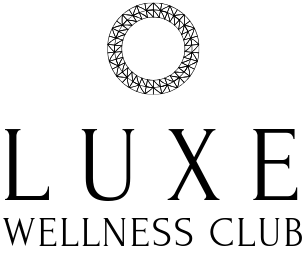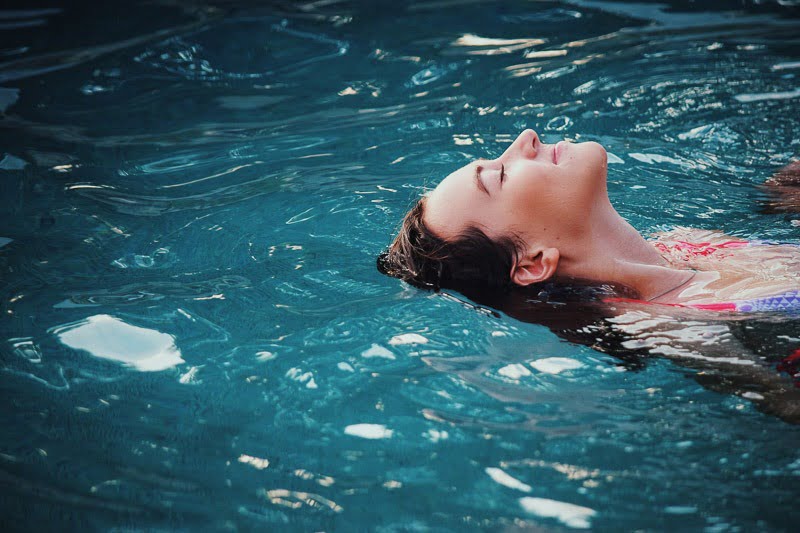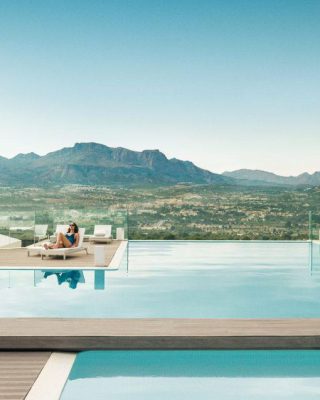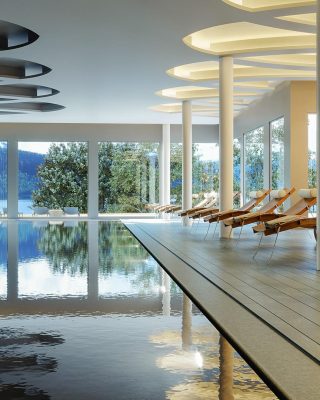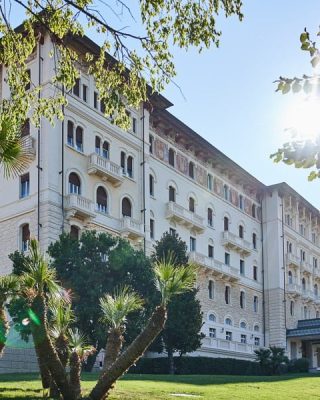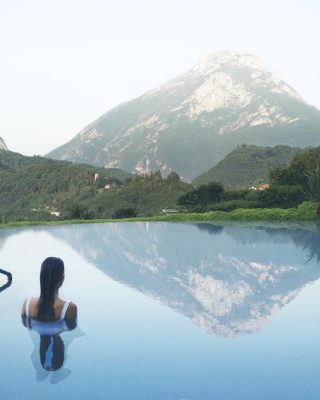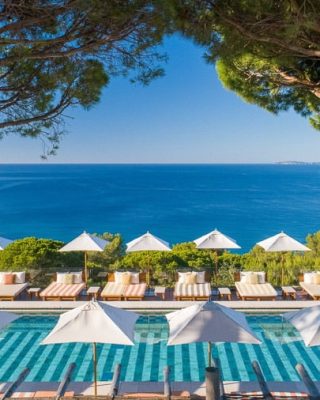Balneotherapy, thalassotherapy, crenotherapy… As you may know, all these practices are part of hydrotherapy, but can you tell the difference? In fact, it’s not always easy to understand exactly what all these treatments used in the vast majority of luxury spas. Follow the guide created by Luxe Wellness Club, and then book the best luxury hotels offering hydrotherapy treatments!
By the way, what exactly is hydrotherapy?
The term hydrotherapy refers to all types of treatment using water, in various forms, for therapeutic purposes. Water can be of any type (tap, sea, mineral, spring) in liquid or gaseous form. Its temperature can also vary. To complete the treatment, it’s not uncommon to use aromatherapy or herbalism, adding certain essential oils or plant extracts.
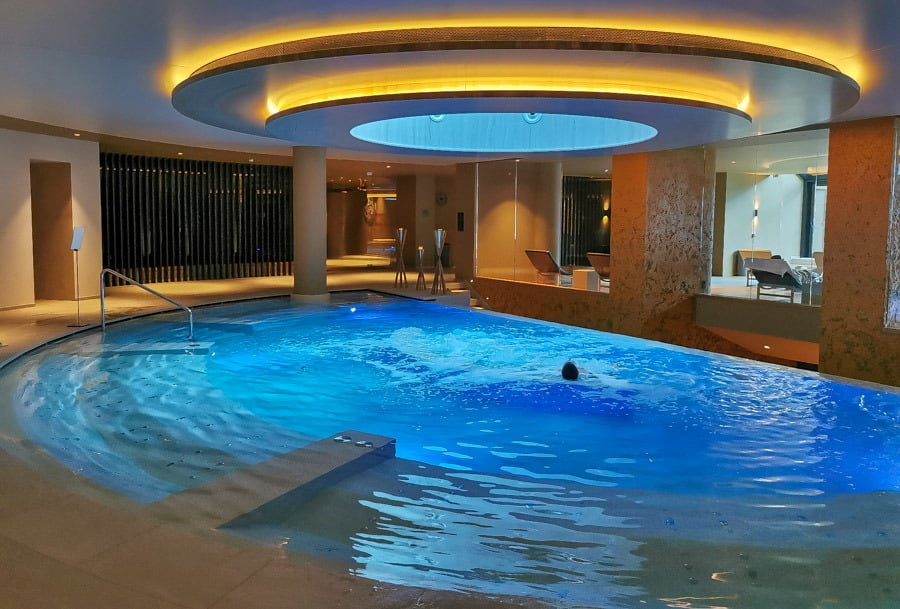
Modern hydrotherapy is often attributed toAbbé Kneipp, who is said to have suffered from tuberculosis and was cured by bathing in the river in the middle of winter. But it wasn’t in the 19th century that this practice first saw the light of day. Hydrotherapy is thought to have originated in Egypt around 3000 BC. However, this type of practice can be found all over the world, with communal baths during the Roman Empire, or in Japan, where families and friends have been visiting hot springs in onsen for thousands of years. Another example is India, where water purification is a daily practice. In short, water is essential to our survival, and our ancestors understood this. In fact, we’re made up of around 70-80% water, so it’s no wonder that water-based treatments resonate with us. If you’re more interested in the subject, we highly recommend Masaru Emoto’s work on crystals forming in water.
Hydrotherapy and its principles
Water has many properties, including :
- communicate temperature better (than air)
- transport minerals and plant essences in suspension
- lift the body into a feeling of weightlessness
- apply uniform resistance
- different shapes (currents, bubbles, jets, etc.)
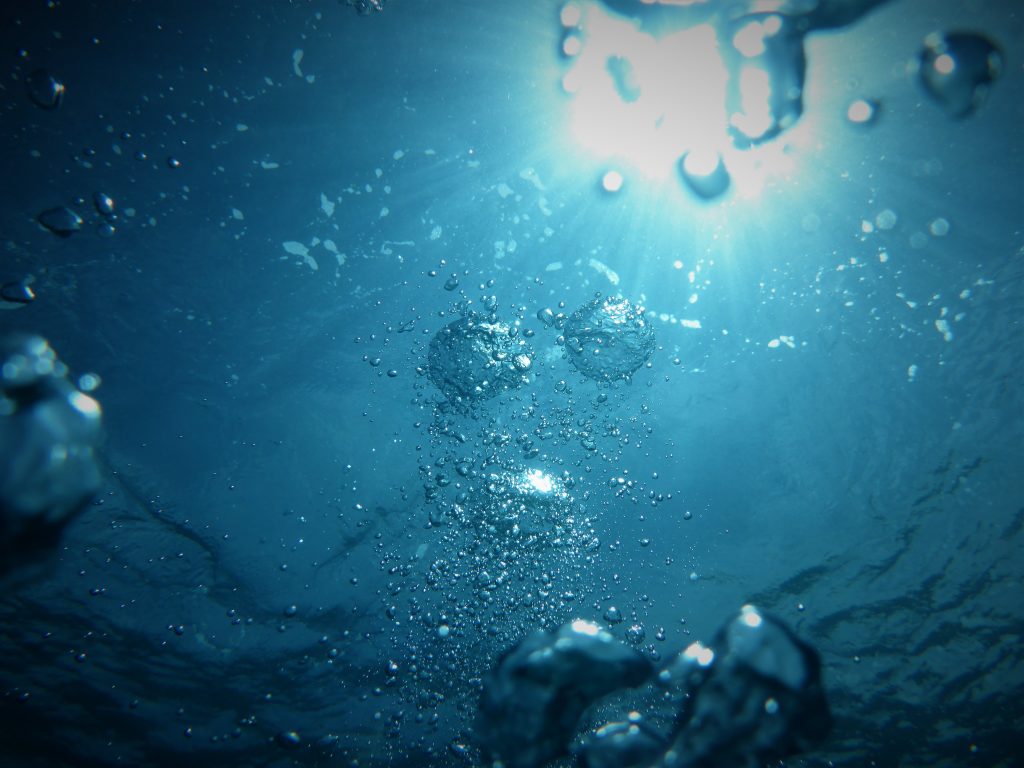
Thanks to these different attributes, water can be at the heart of a wide range of treatments. There are two types: external and internal. External hydrotherapy involves contact with the skin and mucous membranes. Internal hydrotherapy refers to all therapies involving the penetration of water into the body. The best-known of these is the colon cleanse, which stimulates the immune system by detoxifying the body.
Not to mention the simple relaxation that hydrotherapy provides, water treatments have many benefits. In particular, they are coveted for improving a number of health conditions, such as back pain, various types of osteoarthritis or to accompany rehabilitation (after surgery or sports injuries).
The different types of hydrotherapy
Today, three hydrotherapy techniques are grouped together: balneotherapy, thalassotherapy and crenotherapy.
Balneotherapy
Balneotherapy refers to all treatments involving bathing in fresh water. They are particularly effective against joint and muscle stiffness. They also act against pain.
Thalassotherapy
Seawater is used in thalassotherapy. It can sometimes be mixed with seaweed and is used in coastal areas. The invigorating sea air completes a thalasso stay. Fitness, revitalization and re-education are the main objectives.
Crenotherapy (spa therapy)
Crenotherapy is reminiscent of balneotherapy. The difference is whether it uses natural mineral water enhanced with gas or natural mineral water matured with sludge. That’s thermalism! Mineral waters have physico-chemical properties with recognized therapeutic virtues against numerous pathologies (cardio-arterial, gynecological, respiratory tract diseases, etc.).
The different types of care
Based on natural mineral water
The drinking cure is one of the fundamentals of hydrotherapy. This involves drinking small quantities of mineral water (sometimes very hot) throughout the day. It’s a practice much appreciated by people suffering from digestive, urinary and metabolic pathologies.
Thermal showers can be local or general. Some consist of a water jet under modulated pressure and are controlled by a specialist. Others are enjoyed in the reclining position, with a series of jets creating a hydro-massaging sweep (e.g. Vichy showers).
Among the various baths, we find for example :
- thermal bath with aerobath: a bath animated by multiple air microbubbles
- thermal bath with immersion shower: a bath with pressurized water jets
- thermal bath with underwater shower: a bath with a shower directed by a specialist on certain parts of the body
- local bathing: of the hands or feet, possibly accompanied by showers and air bubbles
Other hydrotherapy facilities are also available, such as a mobilization pool for rehabilitative aquagym. Or the immersion showers in the pool, and the swimming lanes where you’re swimming against the current.
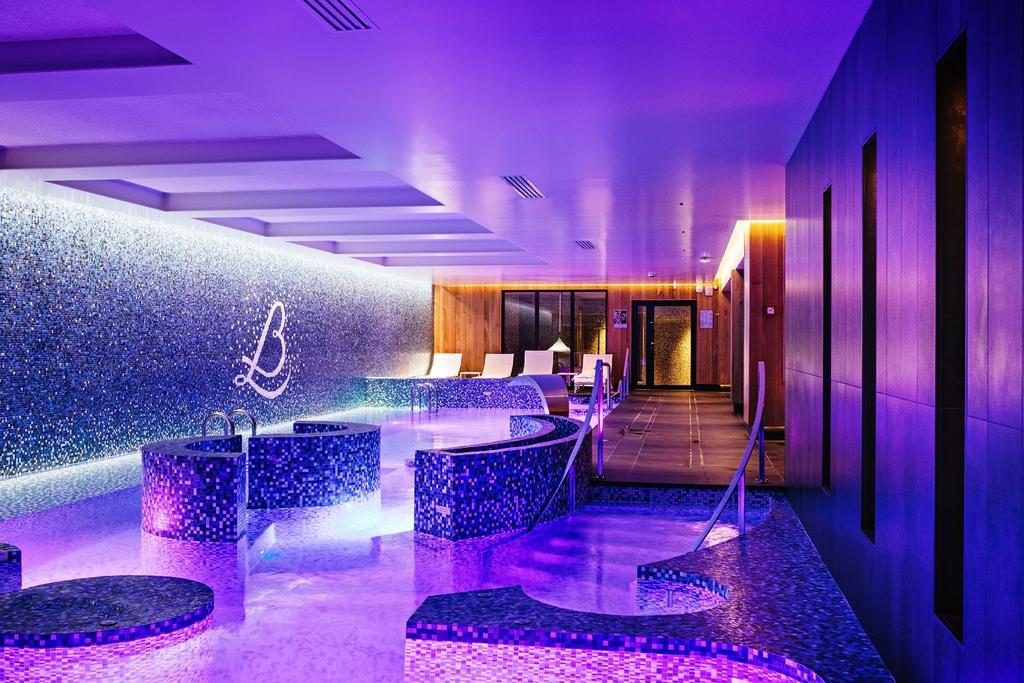
Steam- or thermal-gas-based
Steam can be used in baths, or in showers with a jet of steam projected onto certain parts of the body. Thermal gas can also be used for showering, but also in a room or chamber for sweating. To improve muscle and joint vascularization, subcutaneous injections of thermal gas are also possible.
With thermal mud
Thermal mud can be used in a variety of ways. For example, parts of the body can be wrapped in vegeto-mineral mud, which has been macerated in thermal water. Alternatively, a hot thermal mud poultice (40-45°C) can be applied, to gradually diffuse the heat over time. Or with baths, either local (for hands and feet, for example) or general, by immersing yourself completely in a fluid mud, called kaolin, mixed with thermal water.
Hydrotherapy on vacation
The practice of thermalism and thalassotherapy is widespread in Europe. In fact, there are many thermal springs and many kilometers of coastline… These gifts of nature had to be exploited. The popularity of this practice has even led to the evolution of European societies, some of which, like France, include this type of therapy as a treatment in its own right. And that’s not the case everywhere, especially in America where this tradition has only just begun! Most thalassotherapy centers there are geared more towards relaxation and beauty, rather than therapy, as in Europe.
If you’re looking for a complete or even intensive cure, you’ll find the greatest number of offers in Europe. In France, many hotels and wellness centers offer hydrotherapy treatments. There are over a hundred spa establishments. With regard to the various spa treatments, most of them focus on :
- thermal treatments with water and mud, often called fangotherapy (widespread in Italy).
- hot spring water treatments, massages and other temperature treatments (very popular in the Czech Republic and Hungary). They are sometimes called Kneipp cures or baths when they use a very large number of water treatments, alternating hot and cold.
- seawater-based treatments in coastal areas, known as thalassotherapy.
Our favorite places for a hydrotherapy cure
Among the establishments selected by Luxe Wellness Club are Les Sources de Caudalie near Bordeaux, Vilalara Resort in Portugal, Vichy Célestins Spa Hôtel Casablanca in Morocco, Lefay Resort Lac de Garde in Italy … and many more besides!
Book a luxury wellness break
Benefit from our expertise in wellness stays and contact us for a personalized quote for a luxury stay with excellent hydrotherapy treatments.
Call us for the USA on +1 (646) 980 6652 or for the UK on +44 20 4577 3258
